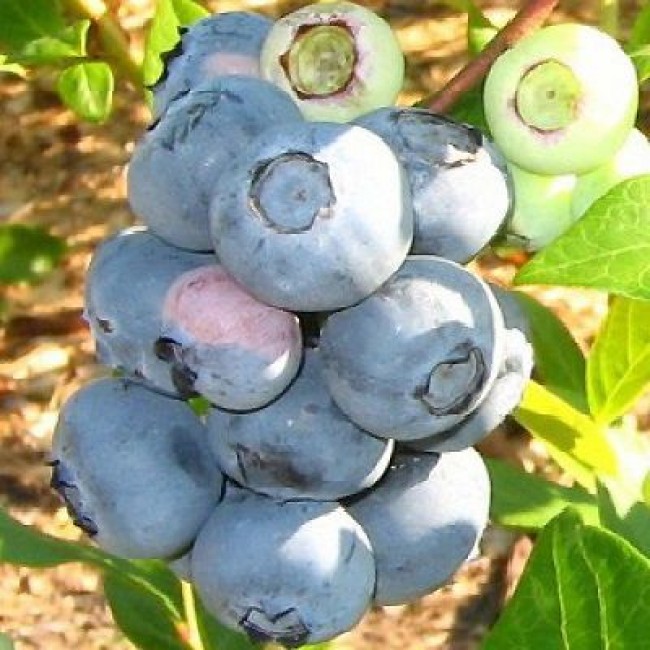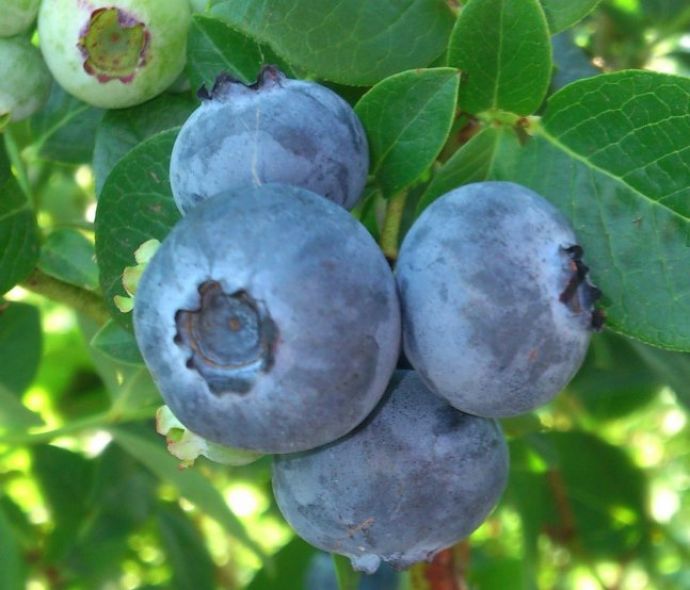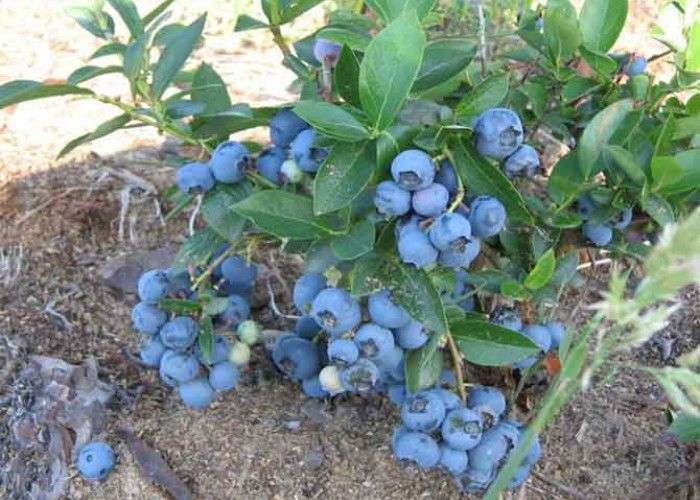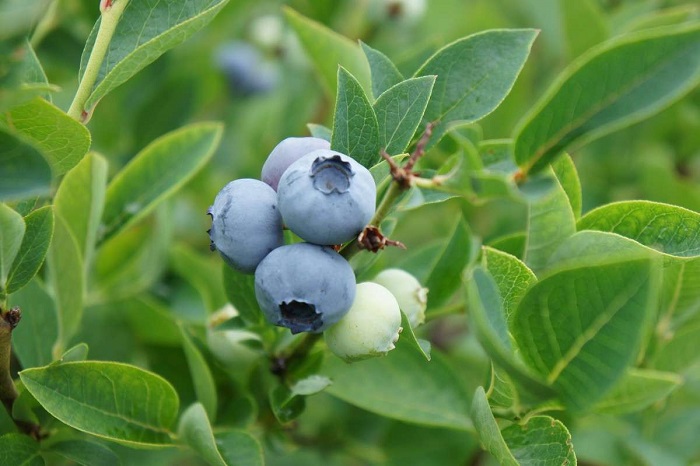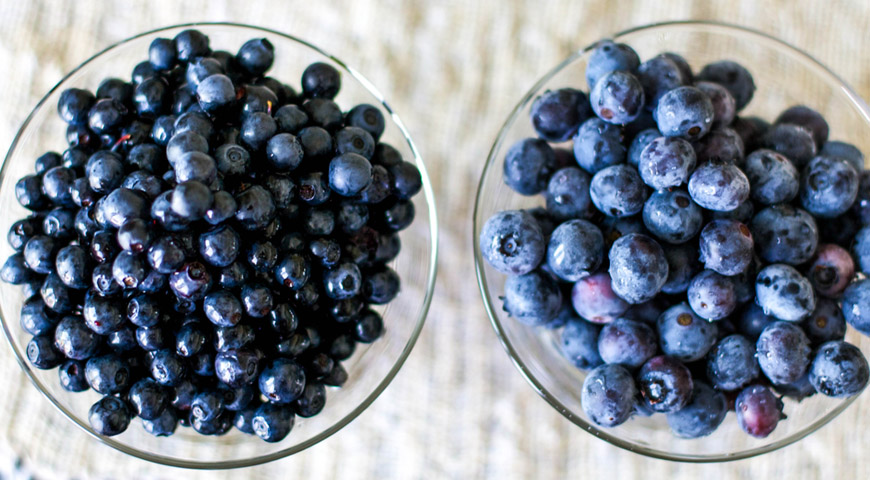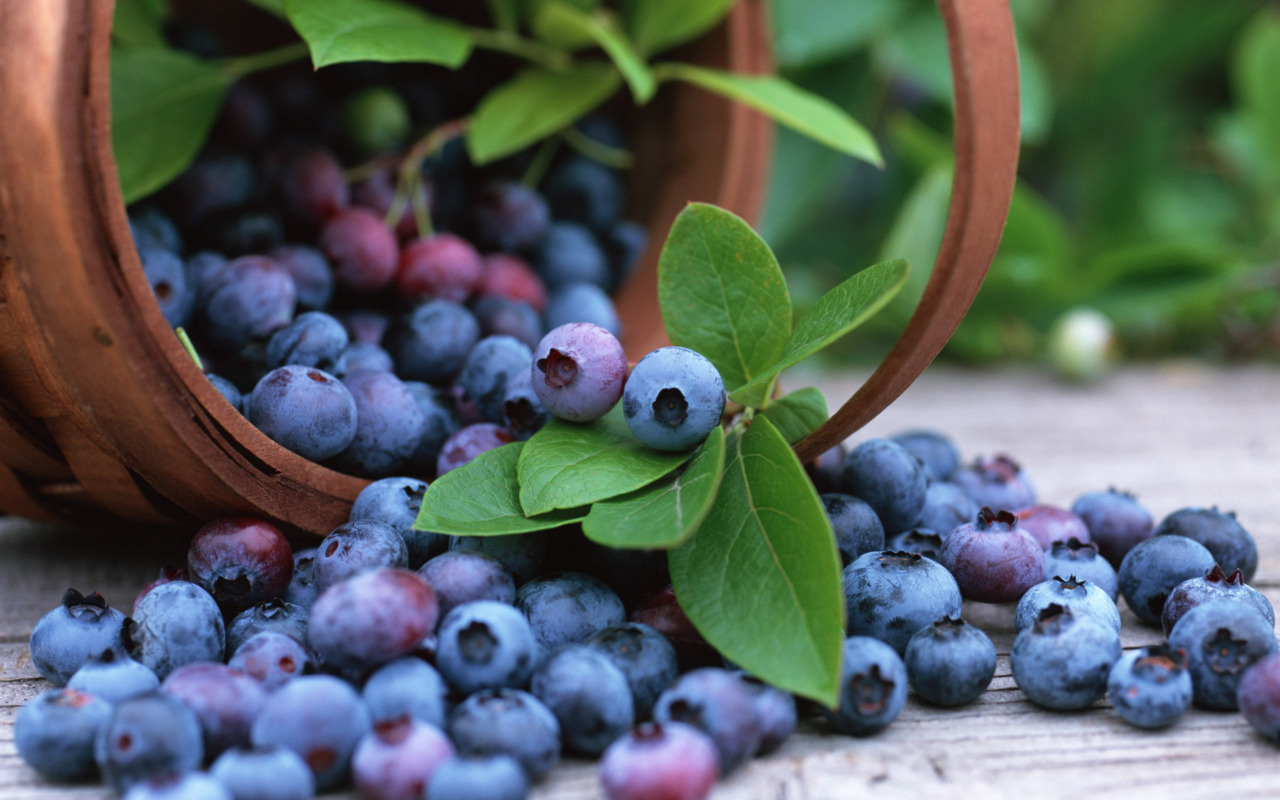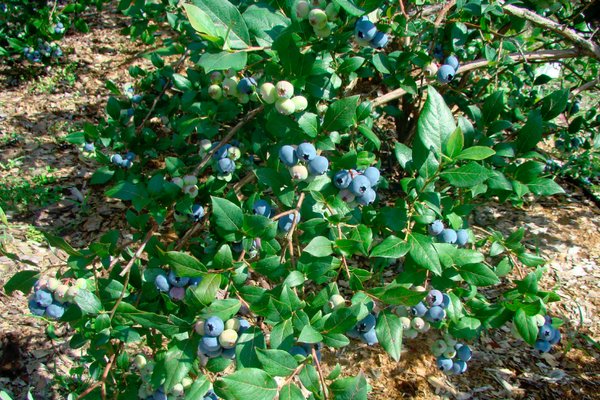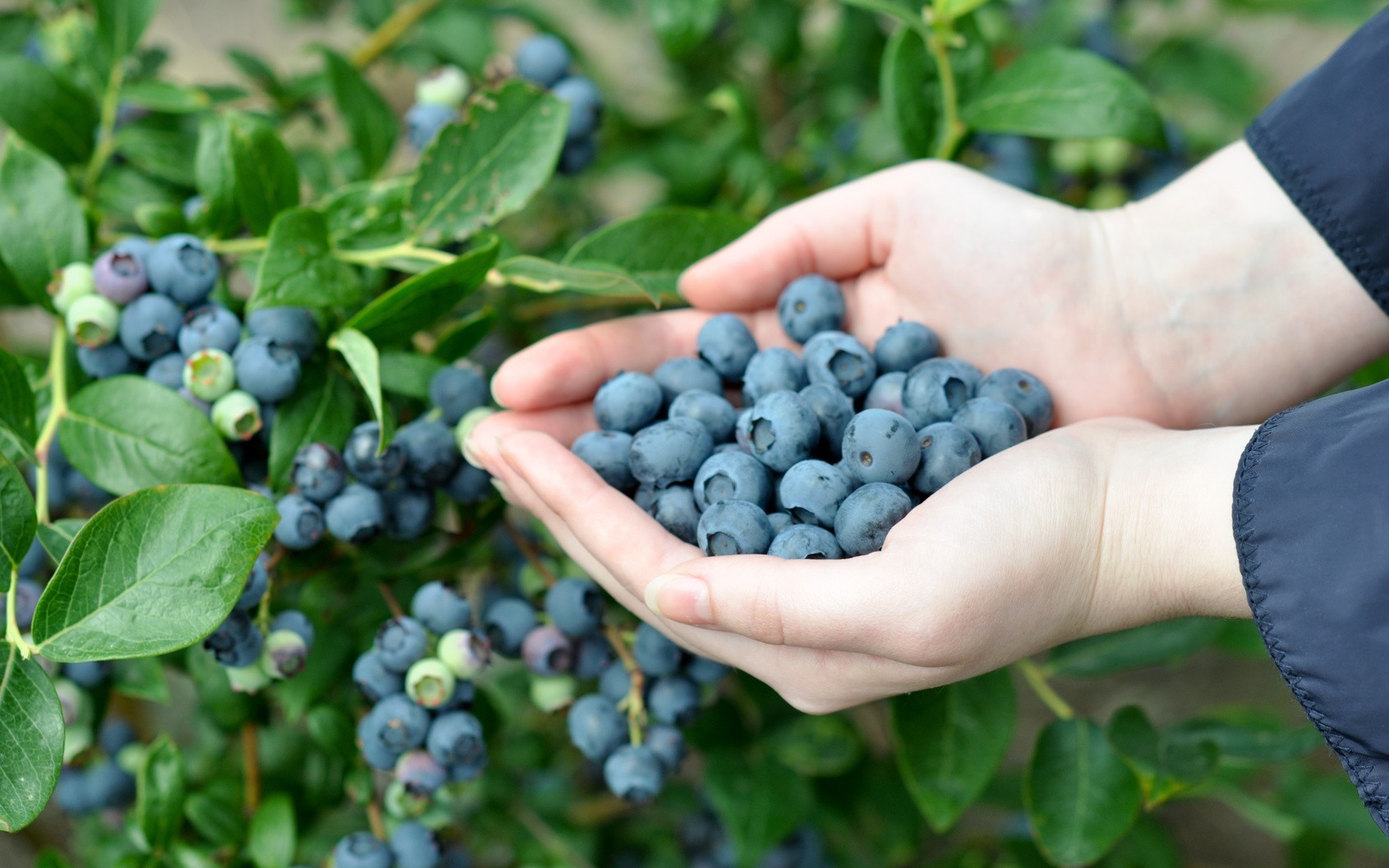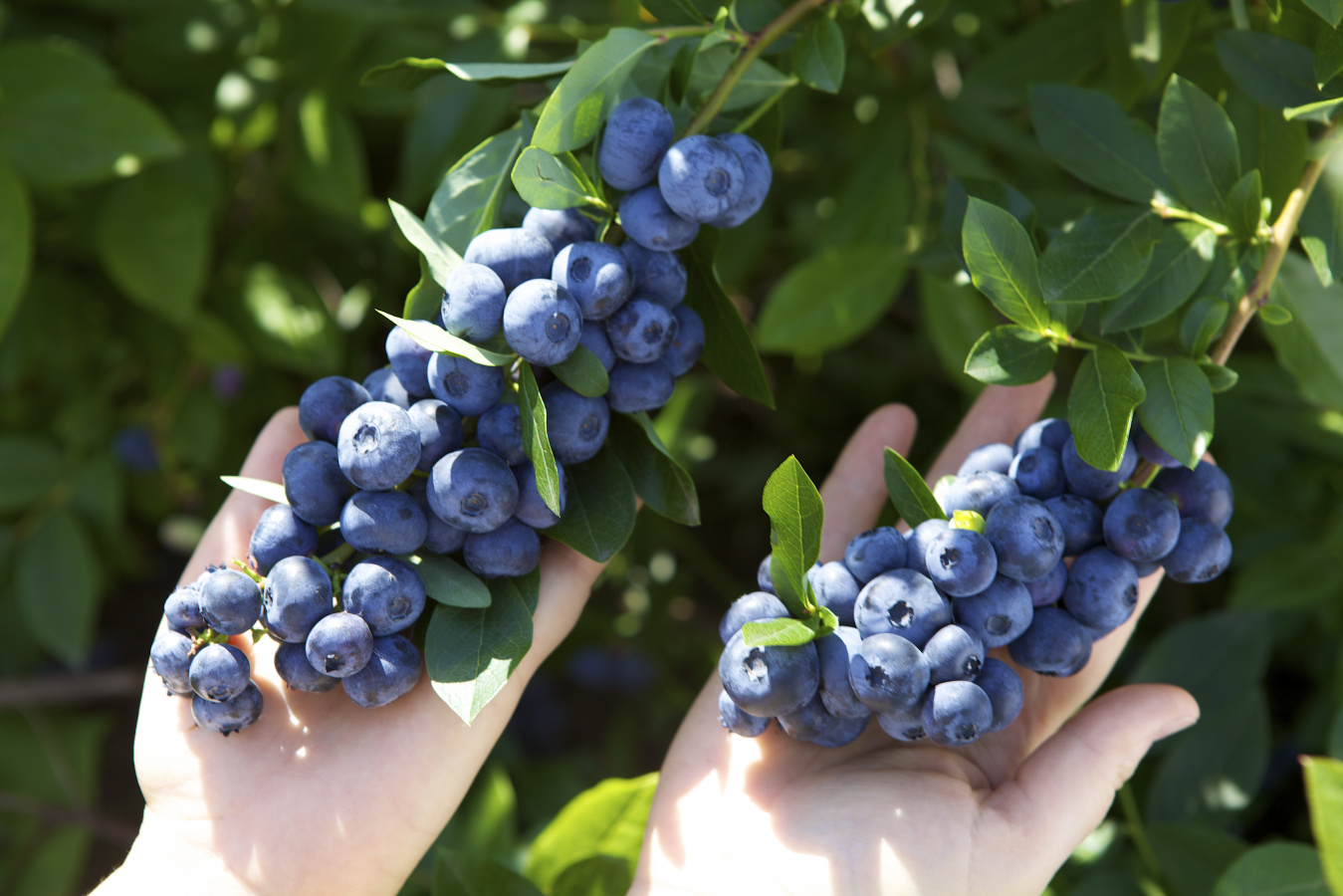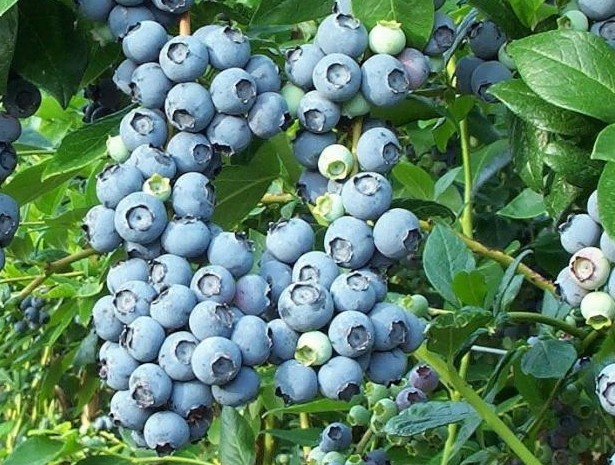Content:
Collecting blueberries in their natural conditions of germination (dense forests) requires a huge investment of time and physical labor - only after walking a few kilometers, the required number of berries will be in the basket. The need to domesticate wild blueberries was realized only at the beginning of the last century, which makes it one of the youngest representatives of horticultural crops. Bluegold is second only to strawberries in terms of yield.
The history and purpose of creating the variety
Some gardeners prefer to use blueberry plantations as a decorative element of the landscape. Bluegold is a blueberry variety bred in 1989 by a prominent American breeder named Arlene Draper. Bluegold blueberries are adapted to the harvesting method, which is carried out using specialized machinery. The purpose of creating this variety was aimed at introducing into a number of varietal characteristics the ability to preserve the integrity of the fruit during transportation and all useful properties in a frozen state. The Bluegold variety is included in the list of the most common blueberry varieties grown in our country.
Agronomic description
The description of the variety characterizes the light blue berries of blueberries Bluegold as having a pronounced aroma. The juicy pulp of blueberry fruit has a dense consistency. The magnificent aesthetic properties of lush bush plantings allow the use of Bluegold blueberry plantings as a decorative element of a landscape design composition.
Blue gold is an early ripening variety. At the beginning of the summer season, the color of the berries already becomes bright. The bush with blueberry fruits enters the stage of final ripening in the middle of summer. The yield of one bush planting of blueberries is about five kilograms.
Resistance to low temperatures allows the planting material to withstand -35 ° frosty weather without the subsequent loss of the agronomic and gastronomic properties of the crop. It is preferable to grow this blueberry variety in the northern regions of our country - in the conditions of stable hot summer weather, plantings are mummified.
Where to plant blueberry bushes
Planting and leaving Bluegold plants of this type must create special conditions before planting. Bluegold blueberry seedlings are able to give high yielding results in the fruiting season and adapt favorably only when planted in soil with high acidity. It is unacceptable to plant Bluegold blueberry bushes in peat soil. If it is not possible to plant bush plantings in acidic soil, a mixed planting material should be prepared, which contains several types of materials suitable for creating a planting environment: coniferous sawdust, a mixture of sand and peat.
An important function of the soil material is to ensure the process of air exchange and moisture supply to maintain the healthy state of the root system of blueberry bush plantings. The area reserved for planting blueberry bushes should be well lit and protect the garden plant from the effects of winds.To plant blueberry plantations in soil with a neutral or increased pH index, it is necessary to prepare a hole, the parameters of each side of which are half a meter, with PVC film laid on the sides. The bottom of the planting recess for the bush plantings of a culture of the type of garden blueberry Bluegold is filled with a substrate, which contains upper peat and sand mixed with coniferous sawdust. Coniferous humus is considered the most effective fertilizer for blueberry bushes. The use of nitroammophoska is allowed in a mass of 30 grams.
The specifics of planting care
Due to the immediate growth, blueberry bushes, which can be fixed on the layer, must be periodically cut off. However, if the main task is to propagate blueberry planting material, the process of removing new shoots can be shortened. Also water the blueberries generously. If the season is rainy, then the blueberry planting material may not be watered, but in hot weather, watering should be regular. Lack of minerals and moisture leads to poor flowering, which results in a reduced number of flowering buds. Inadequate flowering results in a poor harvest.
Note. Blueberry tall Bluegold is a moisture-loving garden culture.
Causative agents of painful lesions
This blueberry variety is subject to diseases typical of this garden culture:
- the process of fruit mummification (the causative agent of the lesion is the spores of the fungus Monilia vaccinii-corymbosi);
- infection with gray rot (fungus Botrytis cinerea, parasitizing on ripe berries);
- death of shoots in the form of black spot (defeat by the fungus Phomopsis viticola);
- anthracnose (the most common blueberry disease caused by the fungus Colletotrichum gloeosporioides);
- infection with moniliosis of fruits (defeat by spores of the fungus Monilia oxycoccii Wor.);
- the appearance of white spots on the leaves (the effect of the fungus Sclerotinia sclerotiorum).
Insect pests
The list of harmful insects, the parasitic influence of which the blueberry garden crop is susceptible to, including the blue gold blueberry:
- miniature olive-brown leafworm butterflies damage the ground organs of the planting material of the blueberry bush;
- pear pipe-worm, the color of which can vary within blue-green shades, however, rarely there are varieties of copper-colored individuals, it feeds on young leaves and buds;
- miniature butterflies of the Fruit Moth with narrow dark gray wings, the caterpillars of which from the inside eat up young shoots and gnaw through the fruits;
- microscopic pearl white kidney mite, which is a carrier of viral plant diseases;
- small flies of Leaf gall midge, parasitizing on the upper surface of leaves;
- shirocky common aphid – Black beetroot, damaging leaves of blueberry bushes;
- the brownish-gray butterflies of the Winter moth, whose caterpillars settle between the leaves;
- brown scale insects that cause blueberry planting material to dry out;
- female praying mantis, carrying out the ovipositor process in the damaged areas of the upper leaves of the shoots.
Benefits of the variety
The berry fruits of this varietal blueberry are of great value in the field of medicine.
The chemical composition of blueberries Bluegold includes:
- stabilizing malic acid;
- cleansing citric acid;
- carbon-containing oxalic acid;
- antioxidant ascorbic acid.
Phenolic compounds that also enrich the chemical composition of blueberry fruits and affect the course of vital processes in the human body:
- flavonoid;
- phenoacidic.
Phenolic compounds that make up blueberry fruits:
- help to strengthen blood capillaries;
- facilitate the absorption of vitamin C;
- have a beneficial effect on redox reactions;
- help the endocrine glands work.
Note. The presence of flavonoids activates the course of anti-inflammatory processes and helps the body fight against radiation effects.
The urinary choleretic effect of the use of blueberries is achieved as a result of the presence in berries:
- caffeic acid;
- chlorine acid compounds;
- pheno acids.
Note. Eating blueberries helps in the fight against sclerosis and also promotes vasodilation.
The blueberry fruit also contains a number of substances:
- tanning;
- dyese;
- pectin.
Note. The binding compounds present in Bluegold berries remove heavy metals and radioactive micro compounds from the body.
With regard to gastronomic use, nutritionists recommend using raw berry fruits that blueberries give blue gold, instead of cooked as:
- blueberry jam;
- used in confectionery;
- frozen.
Note. A positive property of Bluegold blueberries is rightfully considered the ability to preserve the original complex of nutrients even when stored in a freezer at -20 ° C.
Hblueberry food Bluegold
The previously listed shortcomings of this varietal blueberry of an exclusively agronomic nature are associated with the peculiarities of care: too rapid growth and susceptibility to the process of fruit mummification.
This variety, capable of producing a bountiful harvest of large berry fruits that help in the fight against many ailments, deserves a place of honor in the arsenal of every novice and experienced gardener. It is also a wonderful ornamental plant for any garden plot.
